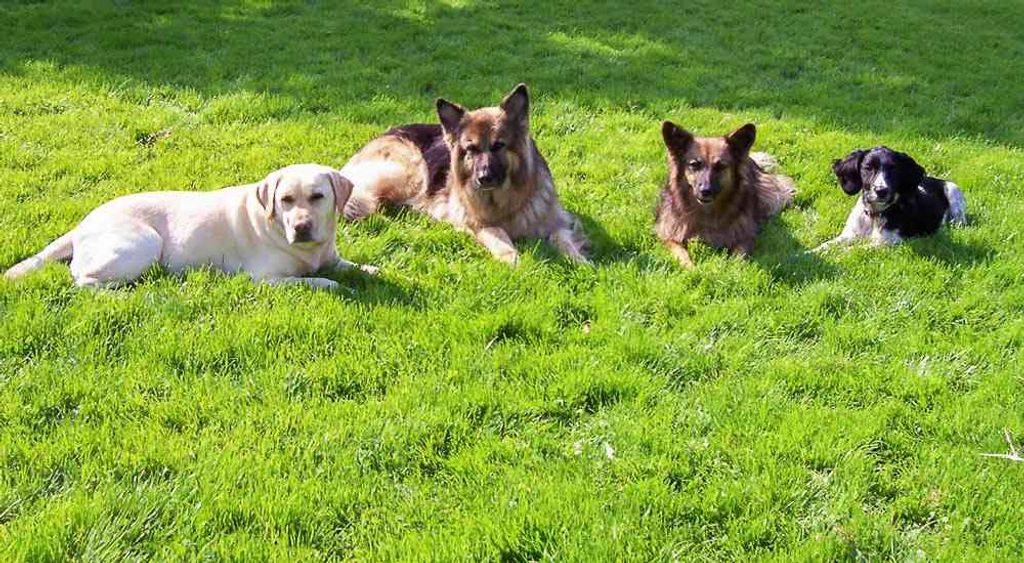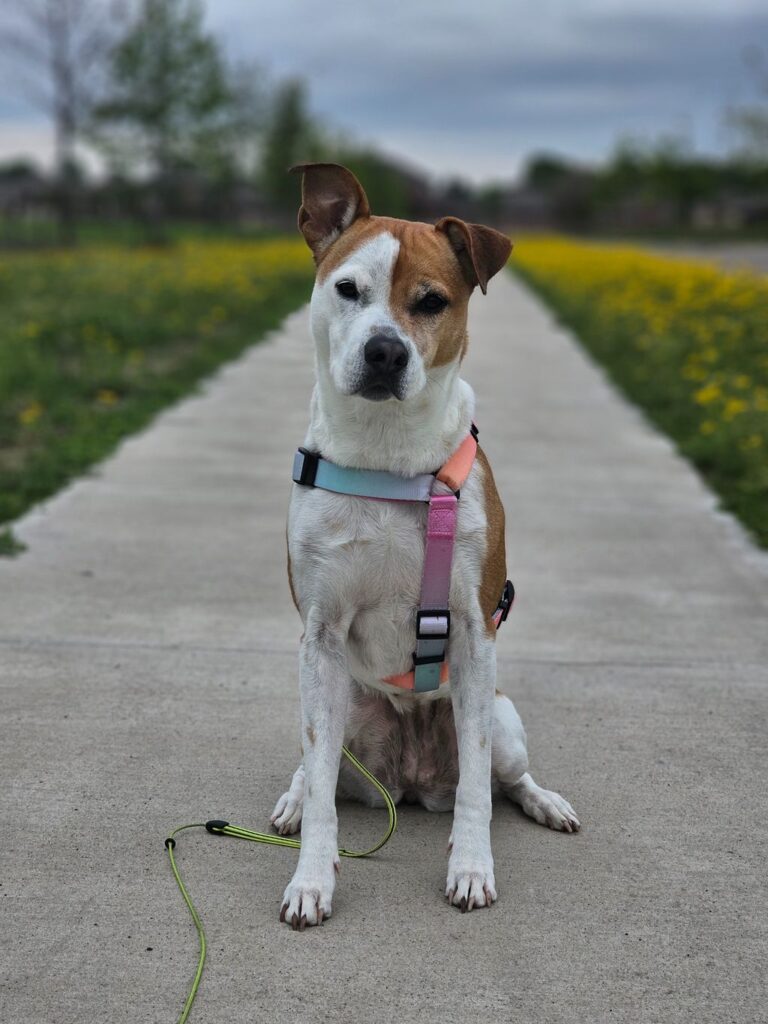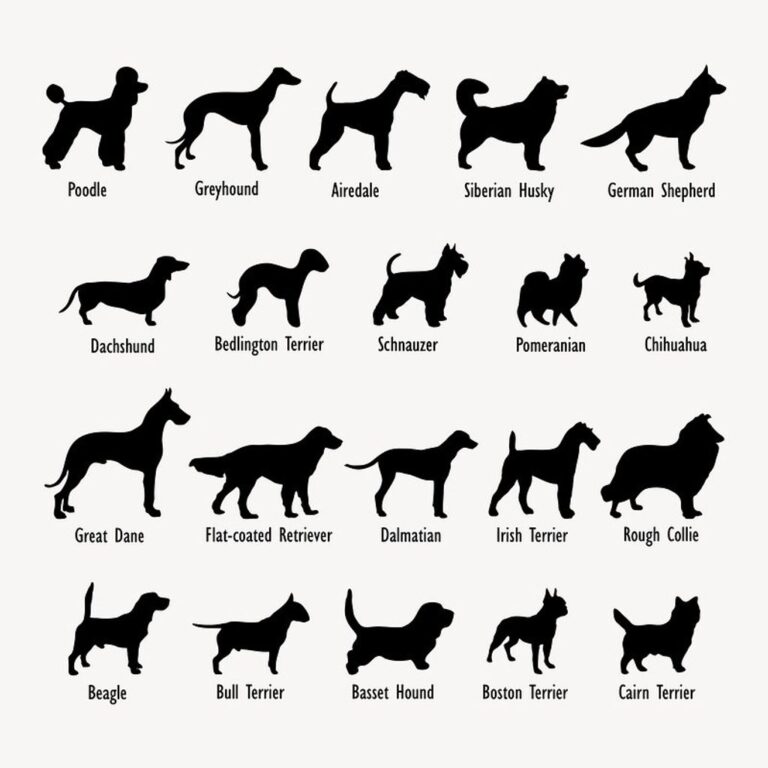How to: Use positive reinforcement to train your dog?
Positive reinforcement is a highly effective and humane training method that can help you build a strong bond with your dog. By rewarding desired behaviors, you can motivate your dog to learn and obey commands. In this article, we will explore the power of positive reinforcement and how to use it to train your dog. From setting clear training goals to addressing behavioral issues, we will cover all the essential techniques and strategies. So, let’s get started on the journey to a well-trained and happy dog!
Key Takeaways
- Positive reinforcement is the best training method for dogs.
- Using positive reinforcement builds a strong bond between you and your dog.
- Setting clear training goals is essential for successful positive reinforcement training.
- Choosing the right rewards is crucial to motivate your dog.
- Creating a positive training environment helps your dog learn and thrive.
Why Positive Reinforcement is the Best Training Method

Understanding the Power of Positive Reinforcement
Positive reinforcement is a game-changer when it comes to training our furry friends. It’s all about rewarding good behavior and ignoring the bad. This method focuses on building a strong bond with our dogs, which is essential for effective training. By using positive reinforcement, we can create a positive and enjoyable learning experience for both us and our dogs.
The Benefits of Using Positive Reinforcement
When it comes to training our dogs, consistent reinforcement is key. By consistently rewarding desired behaviors, we can effectively communicate to our furry friends what we expect from them. This helps them understand what behaviors are desirable and encourages them to repeat those behaviors in the future. With positive reinforcement, we can create a positive and enjoyable training experience for both ourselves and our dogs.
How Positive Reinforcement Builds a Strong Bond with Your Dog
Positive reinforcement is not just about training your dog; it’s about building a strong bond with them. When we use positive reinforcement techniques, we show our dogs that we appreciate and value their good behaviors. By rewarding them for their positive actions, we create a positive association in their minds. This helps them understand what behaviors we want to see more of. Ignoring behaviors that we don’t want to encourage is also an important part of positive reinforcement. Instead of focusing on the negative, we redirect our attention and reinforce the behaviors we want to see.
Getting Started with Positive Reinforcement Training

Setting Clear Training Goals
When it comes to setting clear training goals, positive reinforcement is key. It’s important to have a clear understanding of what you want to achieve with your dog and how you plan to get there. By using positive reinforcement techniques, you can motivate and reward your dog for desired behaviors, making the training process more enjoyable for both of you. With positive reinforcement, you focus on rewarding good behavior rather than punishing bad behavior. This creates a positive and encouraging environment that helps your dog learn and grow.
Choosing the Right Rewards
When it comes to choosing the right rewards for your dog, we believe in the power of positive association. Positive association is all about creating a strong connection between a desired behavior and a reward that your dog finds valuable. By using rewards that your dog loves, such as treats, praise, or playtime, you can motivate them to repeat the behavior you want to reinforce. It’s important to remember that different dogs have different preferences, so it may take some trial and error to find the rewards that work best for your furry friend.
Creating a Positive Training Environment
When it comes to creating a positive training environment, consistency is key. We want to make sure that our dog understands what is expected of them and that we are reinforcing the desired behaviors consistently. This means using the same cues, rewards, and timing every time we train.
Another important aspect is patience. Training takes time and every dog learns at their own pace. It’s important to be patient and not get frustrated if our dog doesn’t pick up on a command right away. Remember, positive reinforcement is about rewarding the behaviors we want to see, so we need to give our dog time to understand what we’re asking of them.
In addition to consistency and patience, positive energy is crucial in creating a positive training environment. Dogs are highly attuned to our emotions, so it’s important to approach training sessions with enthusiasm and positivity. This will help create a fun and engaging atmosphere for both us and our dog.
Lastly, minimize distractions during training sessions. Find a quiet and calm space where our dog can focus on the training without being easily distracted. This will help them stay engaged and make the learning process more effective.
By creating a positive training environment with consistency, patience, positive energy, and minimal distractions, we can set our dog up for success in their training journey.
Positive Reinforcement Techniques for Basic Commands

Teaching Your Dog to Sit
When it comes to teaching your dog to sit, consistency is key. Start by finding a quiet and distraction-free area where you can work with your furry friend. Begin by holding a treat close to your dog’s nose and slowly move it upwards, causing their head to follow the treat and their bottom to lower to the ground. As soon as their bottom touches the ground, say the word ‘sit’ in a cheerful tone and give them the treat as a reward.
Remember, repetition is important in reinforcing this command. Practice this exercise multiple times a day, gradually reducing the use of treats and relying more on verbal praise. It’s also important to keep training sessions short and fun, so your dog stays engaged and eager to learn.
Here’s a simple step-by-step guide to teaching your dog to sit:
- Find a quiet and distraction-free area.
- Hold a treat close to your dog’s nose.
- Slowly move the treat upwards, causing their bottom to lower to the ground.
- Say the word ‘sit’ and give them the treat as a reward.
- Repeat this exercise multiple times a day, gradually reducing the use of treats.
Tip: Be patient and positive during the training process. Dogs respond best to encouragement and rewards rather than punishment.
Training Your Dog to Stay
When it comes to teaching our furry friends to stay, we’ve found that positive reinforcement is the most effective method. Patience and consistency are key in this process. By using rewards and praise, we can encourage our dogs to stay in one place until we give them the signal to move. It’s important to remember that every dog is different, so it may take some time for them to fully grasp this command. But with practice and repetition, they’ll soon understand what is expected of them.
Mastering the Recall Command
When it comes to mastering the recall command, rewarded behavior is key. It’s important to reinforce positive behavior when your dog comes to you when called. This can be done by offering treats, praise, or playtime as a reward. By consistently rewarding your dog for coming when called, you are reinforcing the desired behavior and encouraging them to repeat it in the future. Remember, dogs are motivated by rewards, so make sure to use something that your dog finds highly rewarding.
Addressing Behavioral Issues with Positive Reinforcement

Dealing with Jumping and Barking
When it comes to dealing with jumping and barking, positive reinforcement is our go-to method. We believe in using rewards and praise to encourage good behavior rather than punishing bad behavior. This approach not only helps to address the immediate issue of jumping and barking but also builds a positive relationship with our dog.
Curb Your Dog’s Destructive Chewing
When it comes to dealing with destructive chewing, we’ve learned a few tricks that have helped us manage this behavior. One important thing to remember is that dogs chew for various reasons, including teething, boredom, or anxiety. Understanding the underlying cause of your dog’s chewing can help you address the issue more effectively.
To curb destructive chewing, consistency is key. Providing your dog with appropriate chew toys and regularly rotating them can help redirect their chewing behavior. Additionally, supervision is crucial, especially during the early stages of training. Keeping an eye on your dog and redirecting their attention to a chew toy whenever they start chewing on something they shouldn’t is essential.
Another effective technique is positive reinforcement. Rewarding your dog with treats or praise when they chew on their toys instead of household items can reinforce the desired behavior. Remember, patience is essential during this process. It may take time for your dog to understand what is acceptable to chew on.
In some cases, it may be necessary to limit your dog’s access to certain areas of your home where they tend to chew on furniture or other objects. Using baby gates or closing doors can help create a safe space for your dog and prevent them from engaging in destructive chewing.
Lastly, exercise and mental stimulation are crucial for preventing destructive chewing. Ensuring your dog gets enough physical activity and providing them with interactive toys or puzzle games can help keep their minds occupied and reduce the likelihood of them resorting to destructive chewing.
Remember, consistency, positive reinforcement, and patience are key to curbing your dog’s destructive chewing behavior.
Managing Separation Anxiety
Dealing with separation anxiety can be challenging, but with positive reinforcement, we can help our dogs overcome this issue. It’s important to remember that every dog is unique, so what works for one may not work for another. Patience and consistency are key when addressing separation anxiety.
One effective technique is to gradually increase the time apart from your dog. Start with short periods and gradually extend the duration. This helps your dog build confidence and trust that you will return. Creating a safe and comfortable space for your dog while you’re away can also help alleviate anxiety.
Reward-based training is crucial in managing separation anxiety. By rewarding your dog for calm behavior when you leave and return, you reinforce positive associations with your absence. This can help your dog feel more secure and reduce anxiety.
Remember, a well-trained dog is more likely to handle separation anxiety better. Consistent training and positive reinforcement can go a long way in building your dog’s confidence and reducing anxiety.
Taking Positive Reinforcement Training to the Next Level

Teaching Advanced Tricks and Commands
When it comes to teaching advanced tricks and commands, we believe in using positive reinforcement to encourage our dogs to learn and grow. It’s all about creating a fun and rewarding experience for both us and our furry friends. By focusing on positive reinforcement, we can reinforce good behavior and build a strong bond with our dogs.
Training Your Dog for Specific Tasks
When it comes to training your dog for specific tasks, we have found that positive reinforcement is the most effective method. By using rewards and praise, we can motivate our furry friends to learn new skills and behaviors. Whether you want your dog to become a therapy dog, a search and rescue dog, or simply a well-behaved companion, positive reinforcement training can help you achieve your goals. Here are some tips to get started:
Using Positive Reinforcement in Agility Training
When it comes to agility training, we believe in the power of positive reinforcement. It’s all about creating positive associations and making the training experience enjoyable for both you and your dog. By using rewards and praise, we can motivate our dogs to perform at their best and build a strong bond with them. Agility training is a great way to challenge your dog’s physical and mental abilities, and with positive reinforcement, it becomes even more fun and rewarding.
In Conclusion
Using positive reinforcement is the best way to train your dog. It not only helps you build a strong bond with your furry friend, but also makes the training process enjoyable for both of you. By setting clear goals, choosing the right rewards, and creating a positive training environment, you can easily teach your dog basic commands and address behavioral issues. And if you’re looking to take your training to the next level, positive reinforcement can help you teach advanced tricks and commands, train your dog for specific tasks, and even excel in agility training. So why wait? Start using positive reinforcement today and see the amazing results for yourself!
Frequently Asked Questions
Is positive reinforcement training suitable for all dog breeds?
Yes, positive reinforcement training can be used for all dog breeds. It focuses on rewarding desired behaviors and can be tailored to suit the individual needs and characteristics of each breed.
How long does it take to see results with positive reinforcement training?
The time it takes to see results with positive reinforcement training can vary depending on the dog and the specific behavior being trained. Consistency, patience, and practice are key factors in achieving desired results.
Can treats be used as the primary reward in positive reinforcement training?
Treats can be used as the primary reward in positive reinforcement training, but it’s important to gradually transition to other forms of rewards such as praise, toys, or playtime to maintain motivation and prevent over-reliance on treats.
What should I do if my dog doesn’t respond to positive reinforcement training?
If your dog doesn’t respond to positive reinforcement training, it’s important to reassess your training techniques and seek guidance from a professional dog trainer. They can provide personalized advice and help identify any potential obstacles or issues.
Can positive reinforcement training be used to correct unwanted behaviors?
Positive reinforcement training focuses on rewarding desired behaviors rather than punishing unwanted behaviors. However, by redirecting your dog’s focus and reinforcing alternative behaviors, you can effectively address and modify unwanted behaviors.
Is it necessary to use clickers or other training tools in positive reinforcement training?
Clickers and other training tools can be helpful in positive reinforcement training, but they are not necessary. Verbal cues, hand signals, and consistent rewards can also be effective in teaching and reinforcing desired behaviors.







2 Comments